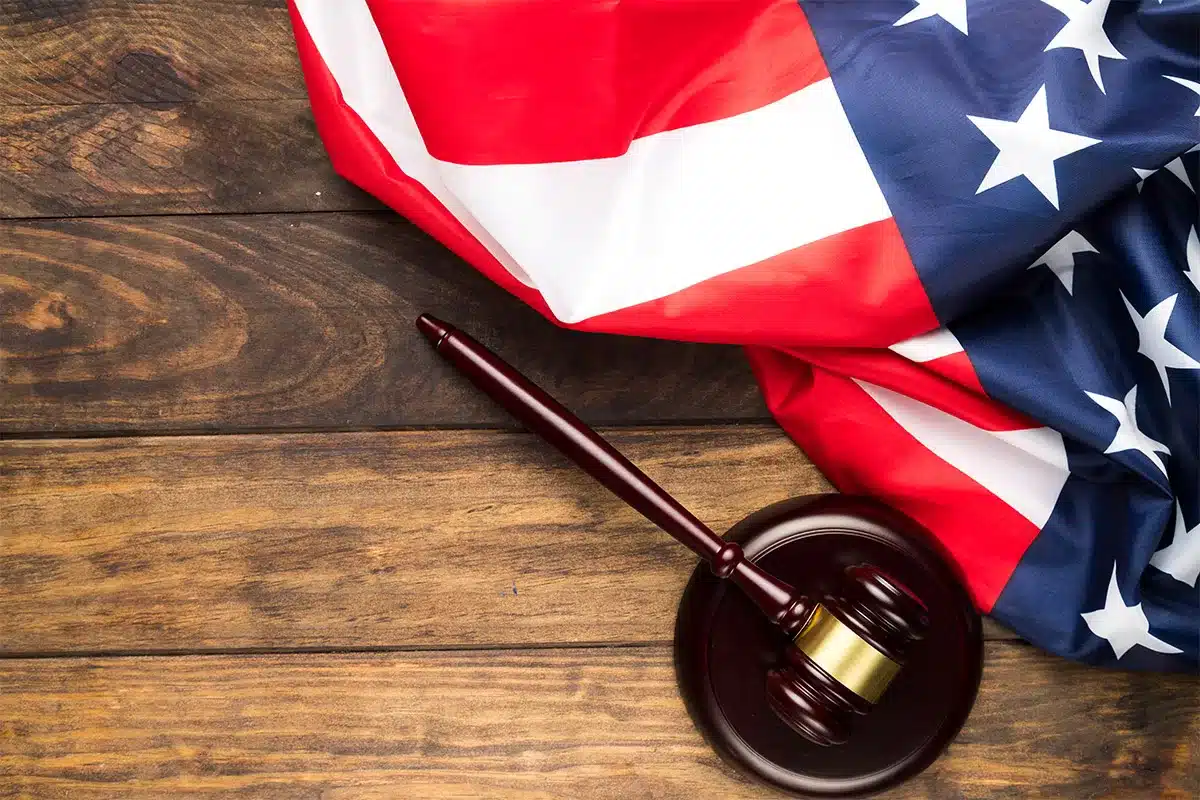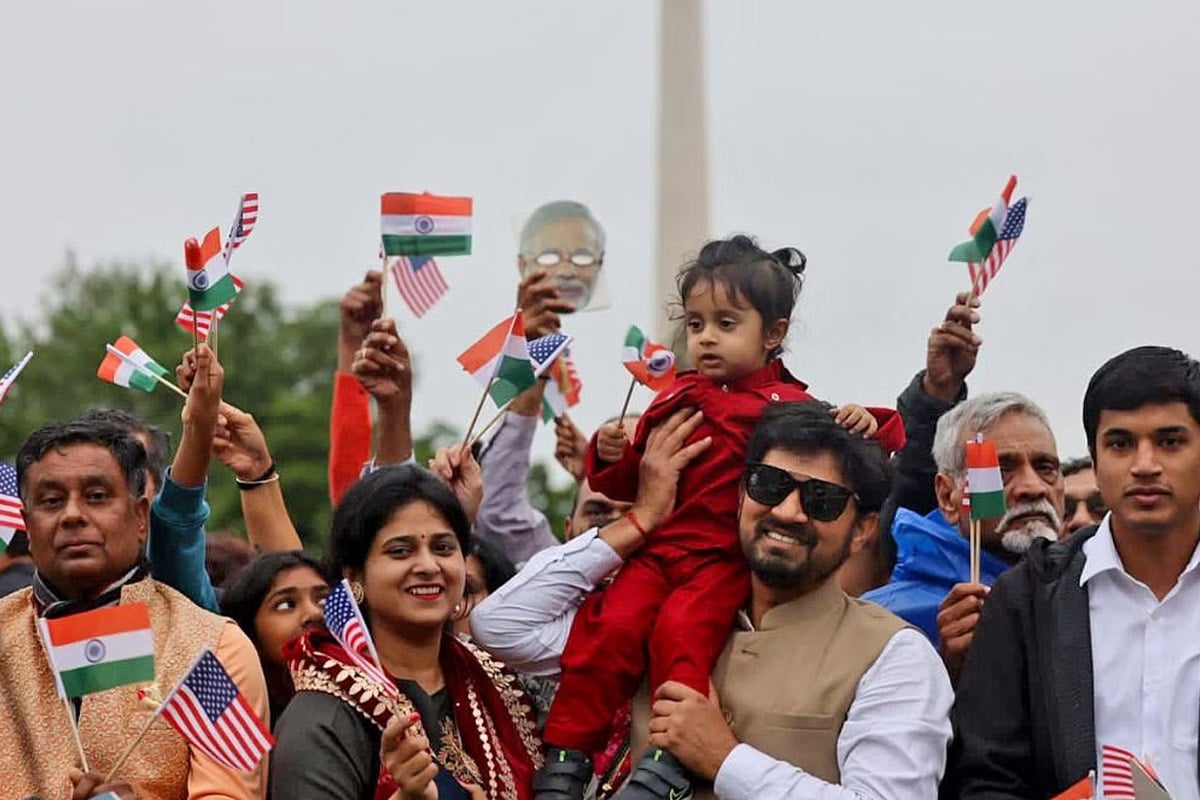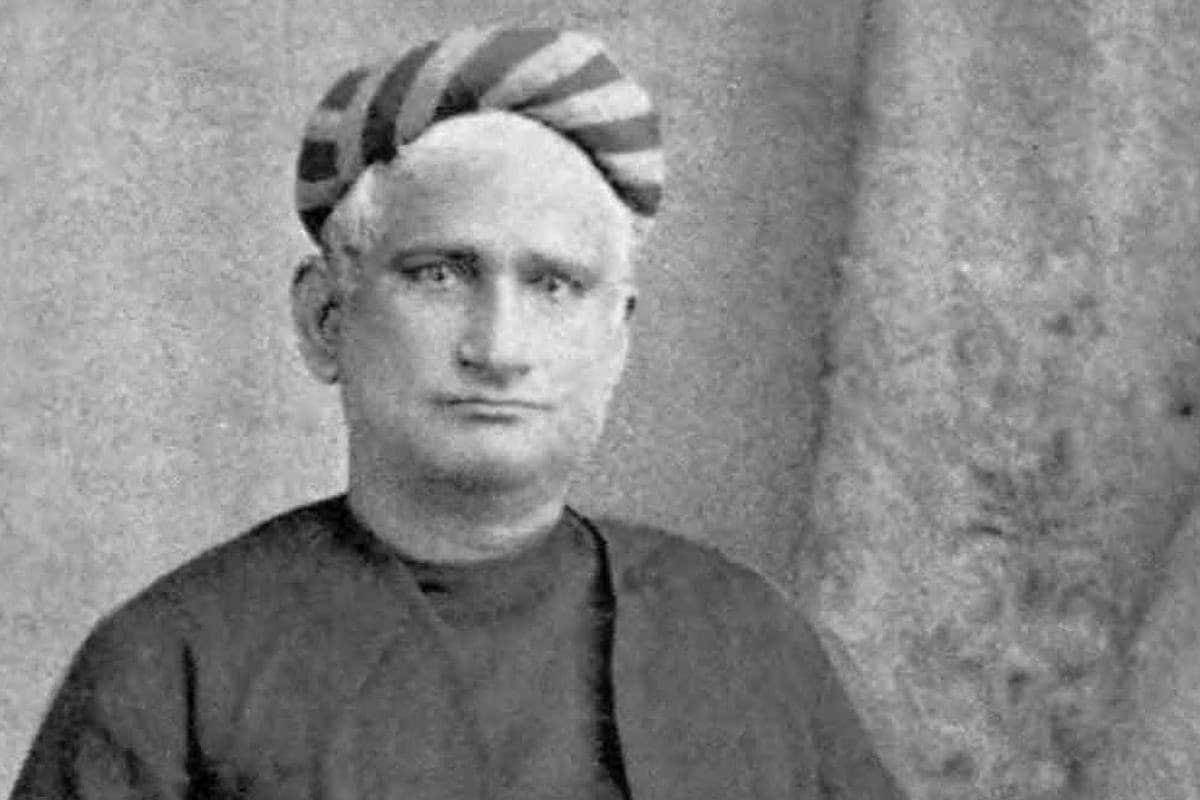US Supreme Court has put an end to ‘positive discrimination’. India could take a cue
How much, if at all, should race matter in a college application? This question has been a part of the racial discourse in America since the early days of the civil rights movement.
In March 1961, President Kennedy issued an executive order directing government contractors to take “affirmative action to ensure” applicants are hired and employees be treated without regard to their race. In the years that followed, affirmative action or ‘positive discrimination’ was extended to universities with an aim to promote more diversity in student bodies.
This notion of affirmative action was put to the test by the US Supreme Court on 29 June. In a 6-3 judgment it ruled that admissions systems employed by Harvard College and the University of North Carolina, ‘two of the oldest institutions of higher learning in the US’, were in violation of the Equal Protection Clause of the Fourteenth Amendment.
A clear message
Chief Justice John Roberts delivered the opinion of the court and was joined by the apex court’s conservative majority — Clarence Thomas, Samuel Alito, Brett Kavanaugh, Neil McGill Gorsuch, and Amy Coney Barrett. “Nothing prohibits universities from considering an applicant’s discussion of how race affected the applicant’s life, so long as that discussion is concretely tied to character or unique ability that the applicant can contribute to the university,” it read.
The message was clear — with all of the resources at their disposal, Ivy League colleges must conceive of an approach to diversity that does not rely on “colour of skin”.
By Harvard’s own admission, over 40 per cent of American universities consider race at some point during the admission process.
The jury is still out on how the judgment will affect how a college or employer views an application. But it has prompted a serious discussion about the idea of ‘positive discrimination’ itself.
In India, provisions for caste-based reservations in the electorate are part of the Constitution. Then came the 1992 Mandal reform under which reservation for Other Backward Classes (OBC) was introduced.
Best way to dismantle caste?
Although there are two key differences between ‘affirmative action’ in the American context and caste reservation in India. The Indian system allows for specific ‘quotas’ — unlike in the US, where they are seen as unconstitutional. Secondly, ‘positive discrimination’ in the US is aimed at addressing racial inequality, whereas in India, the affirmative action-like reservation system was conceived to reduce caste disparities.
The caste system — which as Ambedkar put it, is “based on the dogma of predestination” — was exploited by foreign rulers and colonial masters to ‘divide and rule’ before elected representatives realised that ‘social justice’ was a convenient trope to rope in historically disadvantaged constituencies. The idea that public sector ‘quotas’ are a sure-shot way to dismantle the caste system can be traced to socialist ideologue Ram Manohar Lohia.
And while the 1992 Mandal reform was intended as a short-term measure, reservations have since become a rallying point for “historically suppressed” sections who faced discrimination owing to their caste. As a result, it has become increasingly difficult to discuss openly what ‘positive discrimination’ measures have achieved in India and whether their permanence — guaranteed by fear of an electoral backlash — contradicts the idea of “equality” as enshrined in the Constitution.
That is not to say that the Mandal reform did not achieve anything. Data shows that of the 5.12 lakh people employed by the Government of India as of 2022, 17.7 per cent identify as Scheduled Caste (SCs), 6.72 per cent as Scheduled Tribes (STs) and 20.26 per cent as (Other Backward Classes).
At the same time, one cannot deny that much more needs to be done to ensure equal representation in workplaces for all Indians regardless of their gender or caste.
However, to argue that caste reservations are the only way to ensure equal opportunities for those subjected to “historical injustice” will amount to an admission that the political class in India — though it aims for an egalitarian society — has either buckled under the pressures of ‘vote bank politics’ or is running short on ideas that may overturn the apple cart.
Alternatives to reservation
To understand this better, one needs to look closely at how the debate over ‘positive discrimination’ progressed in the US over the years. Even before the US Supreme Court’s judgment last month, nine states had essentially prohibited race-conscious admissions in public colleges and universities.
Pew, in a survey conducted in early 2023, found that 50 per cent of Americans disapproved of ‘selective colleges and universities taking race and ethnicity into account in admissions decisions to increase racial and ethnic diversity’.
In fact, pursuant to an analysis by The New York Times, even after decades of ‘affirmative action’, ‘black and Hispanic students were more underrepresented at the nation’s top colleges and universities in 2017 than they were in the year 1980’.
What are the alternatives? India made some progress with the introduction of reservation for Economically Weaker Sections (EWS) through the 103rd Constitutional Amendment. Another approach could be to strengthen the public education system at the primary and secondary levels to ensure that by the time they apply for college, children from disadvantaged backgrounds are equipped with the skills they need to prove that they cannot be judged on any other basis but the “content of their character”.
(Edited by Theres Sudeep)
Published on https://theprint.in/opinion/us-supreme-court-has-put-an-end-to-positive-discrimination-india-could-take-a-cue/1664642/ at 11 July, 2023



